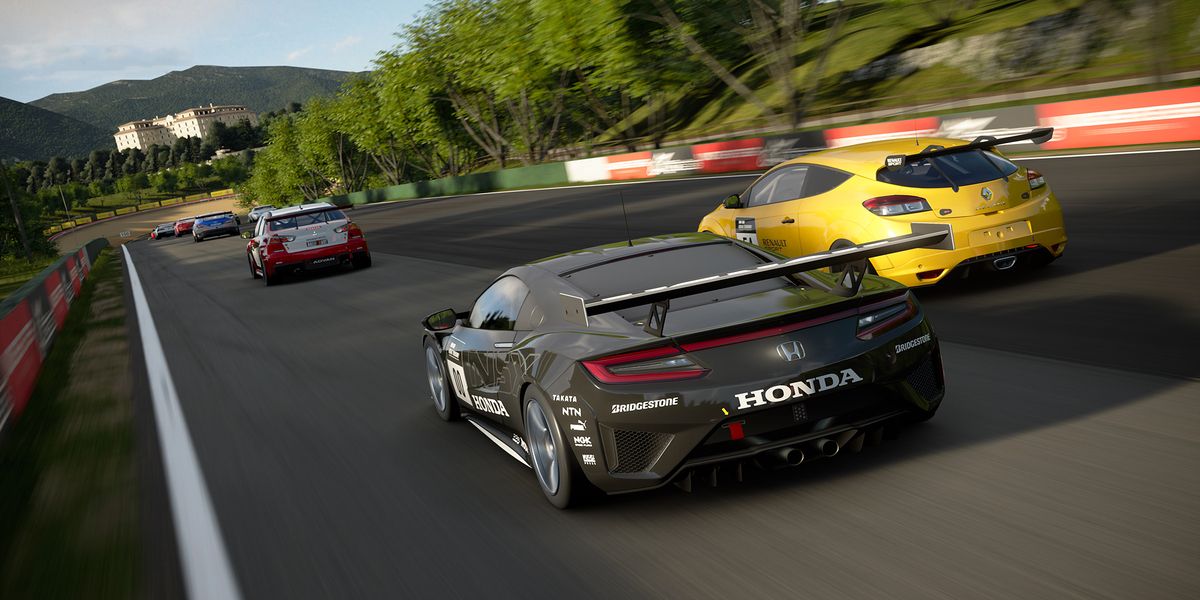The arrival of Gran Turismo 7 should have been accompanied by a rapturous fanfare. Critics have been hugely favorable towards the latest much-anticipated installment in one of the greatest and most iconic racing sims, reviewers heralding its return as a glorious reinvigoration of a titanic gaming property. With a critical average score of 88 on Metacritic, Gran Turismo 7 should be one of the year's must-play titles.
Yet all is not well with Polyphony Digital's latest release. Following a strong critical release, the game has attracted controversy due to its handling of microtransactions, with much of the ire being directed at the excessive pricing of cars and the means through which players are actually able to purchase them. Unlike Gran Turismo Sport, racers can no longer simply pay a set sum for a single car they may wish to buy. Instead, they must use a credit bundle system to make any purchases, meaning that even the cheapest cars cannot simply be bought via a one-time purchase.
To purchase new cars, players will have to invest in credits, ranging from 100,000 at a cost of $2.49 to 2,000,000 at a cost of $19.99. This means that a player's minimum spend is now determined by the lowest credit bracket rather than the value of the car they actually wish to buy -- and Gran Turismo 7's cars aren't cheap. Polyphony Digital teamed up with car valuation firm Hagerty to mimic the real-world market value of its models, meaning that in-game prices can go up and down depending on how desirable or valuable a car actually is.
Whereas in Gran Turismo Sport, the price ceiling of any particular motor capped out at around $5, the most expensive cars in Gran Turismo 7 can require a player to purchase 3,000,000 credits, leveling out at a whopping $40 in real currency. The Ford Mark IV Race Car '67, meanwhile, has a reported in-game cost of 4.6 million credits, or around $46. Considering that the game itself is $60, it's little wonder why so many virtual racers are feeling disillusioned.
This isn't even the entire story. Perhaps fearing a negative critical reception to these banded credit breakdowns, Sony and Polyphony Digital never mentioned this aspect of the game's microtransactions before launch, meaning reviewers and critics were unaware of them when giving their respective assessments. Players now feel that the critical responses they relied upon do not measure up with the reality of a game that seeks to charge them seemingly excessive amounts for a new set of wheels.
It is worth noting, however, that none of the cars in Gran Turismo 7 are locked behind a paywall, meaning that practically everything in the game can be unlocked through grinding. Even so, many feel that the game's pricing structure, the inflated cost of certain models, and the fact that the studio waited so long to introduce them are cynical tactics that prioritize profits over players. Gran Turismo 7 is a racing thoroughbred, but not addressing fans' concerns could soon see it spinning wildly off-track.


